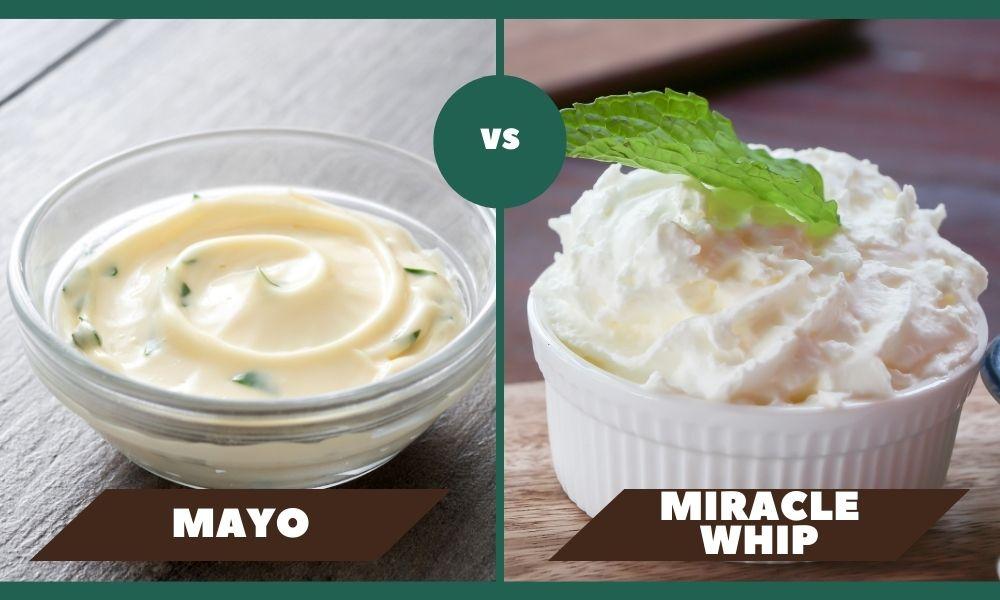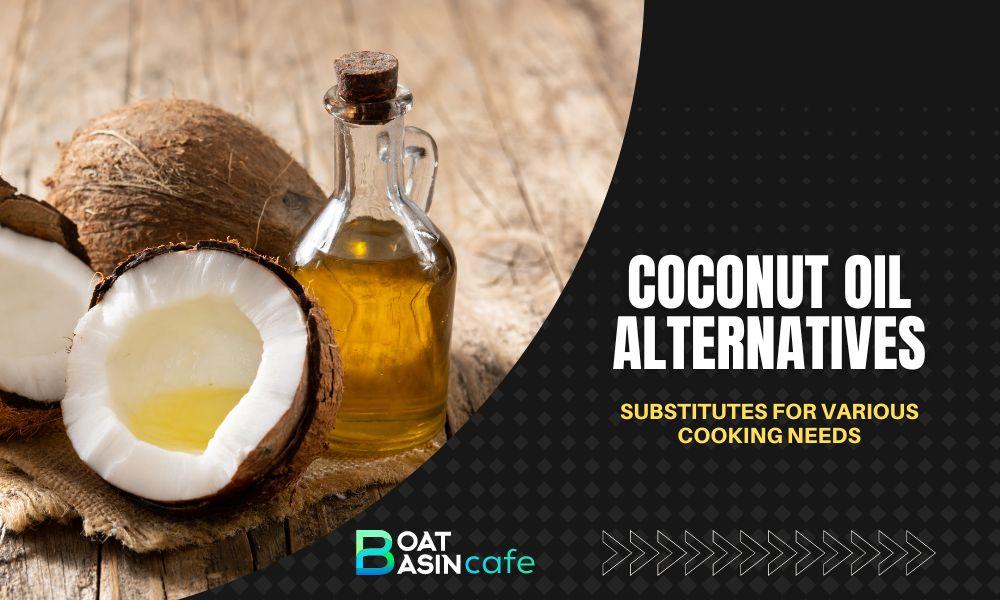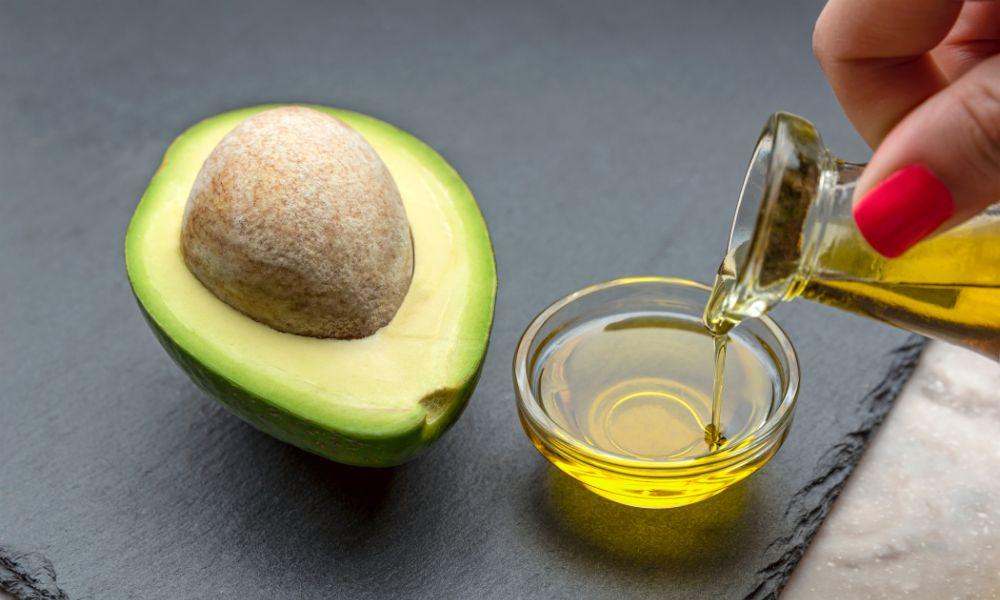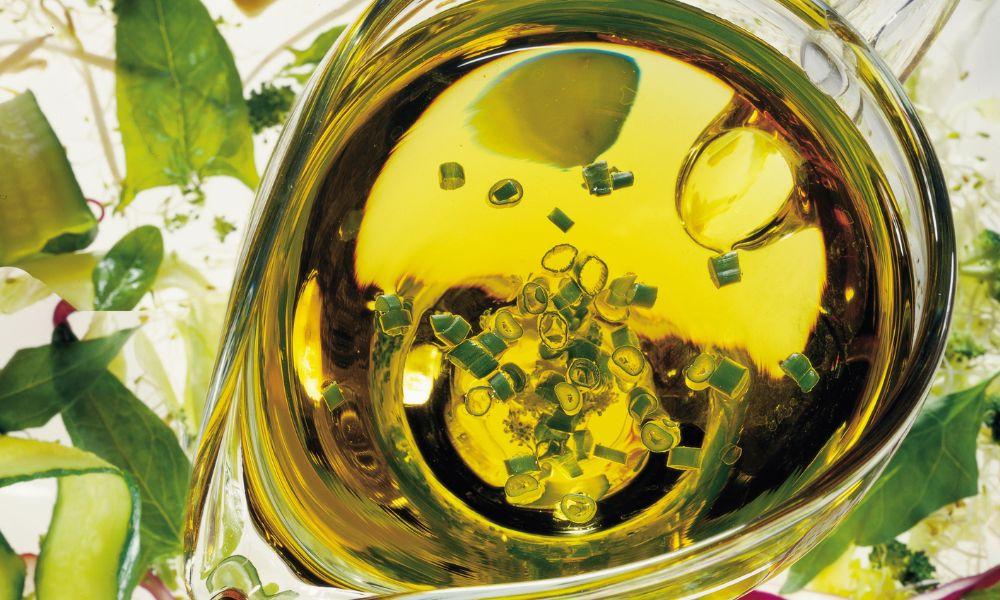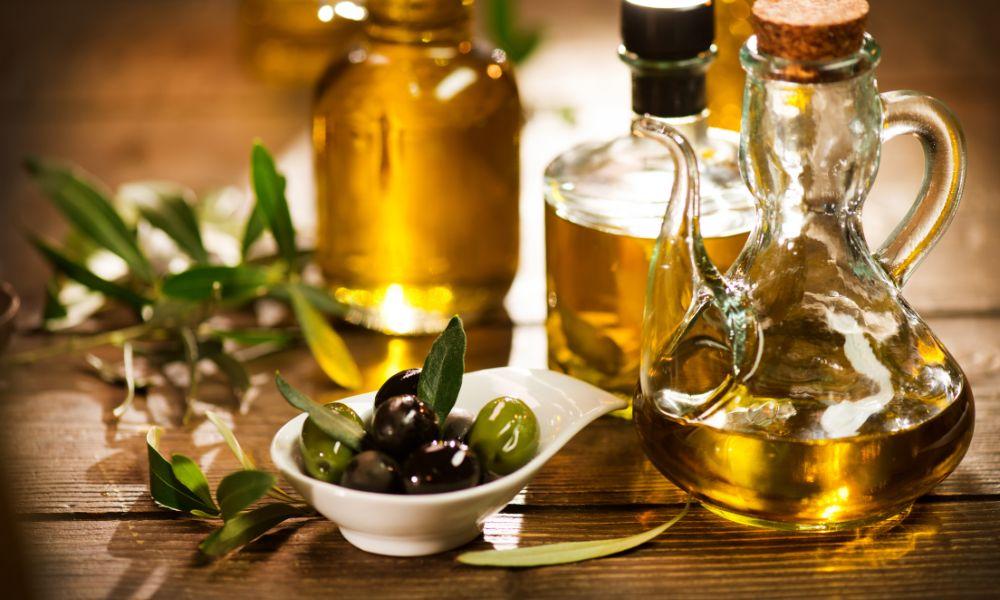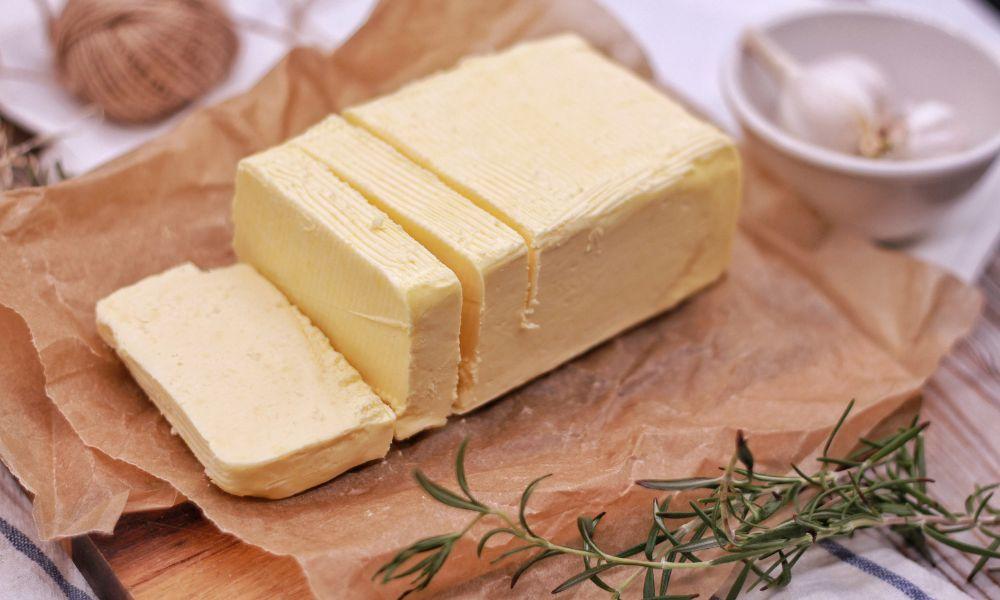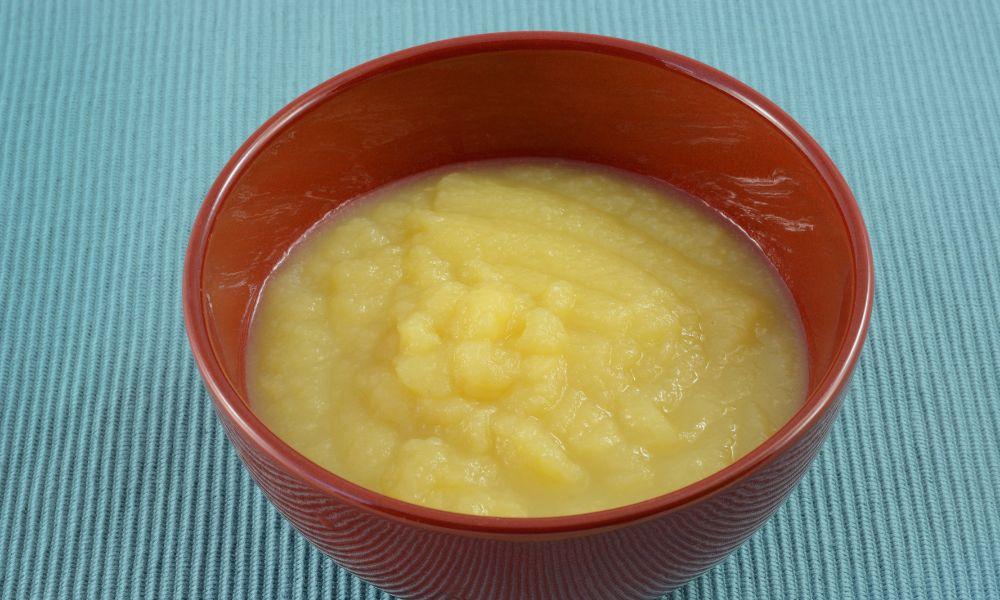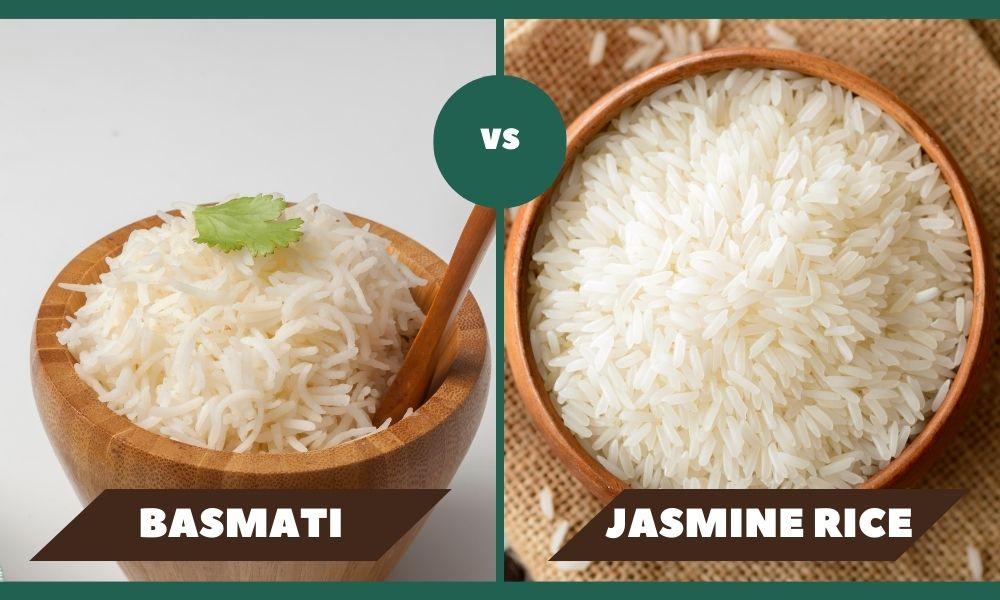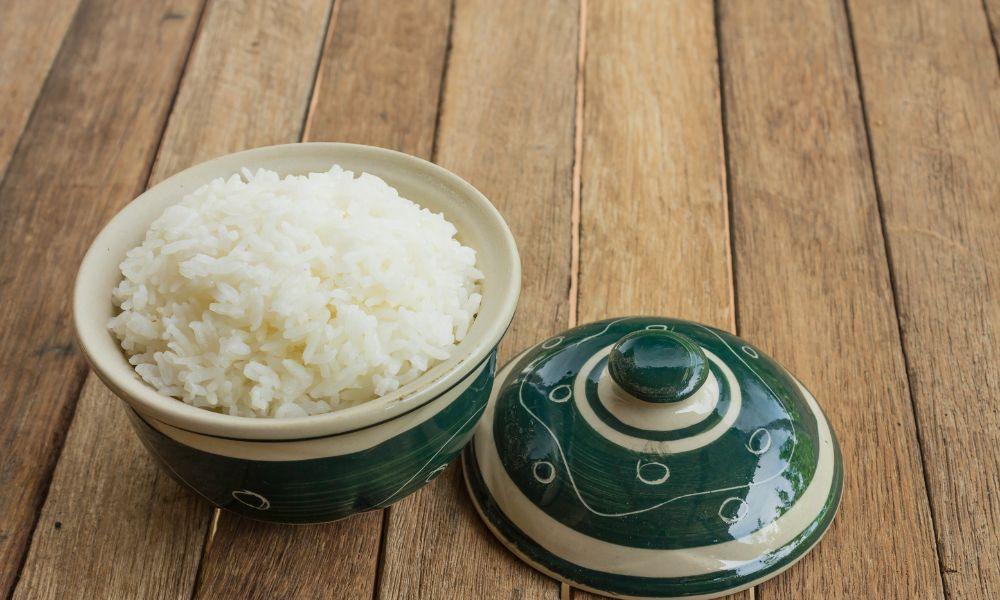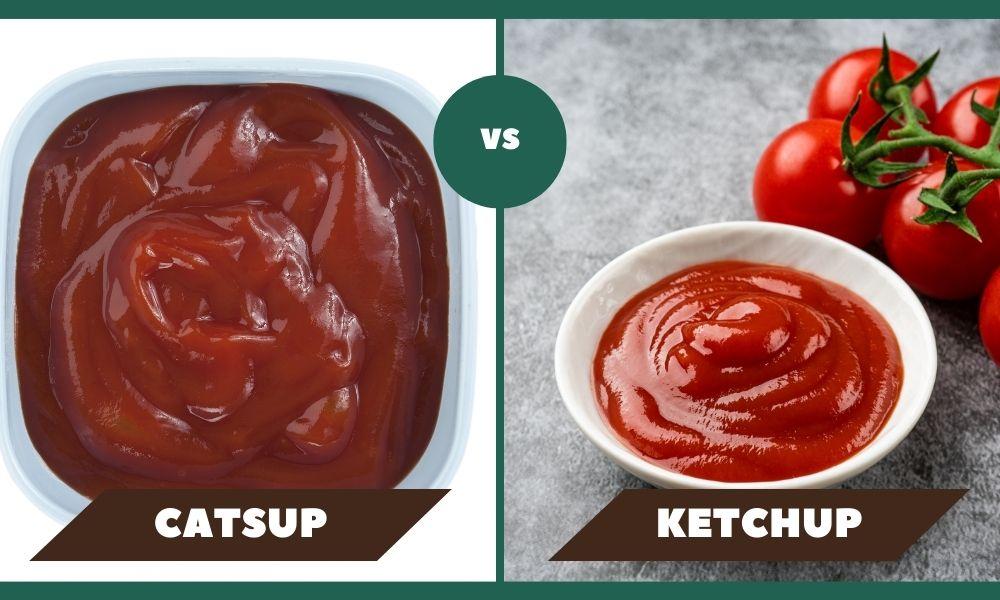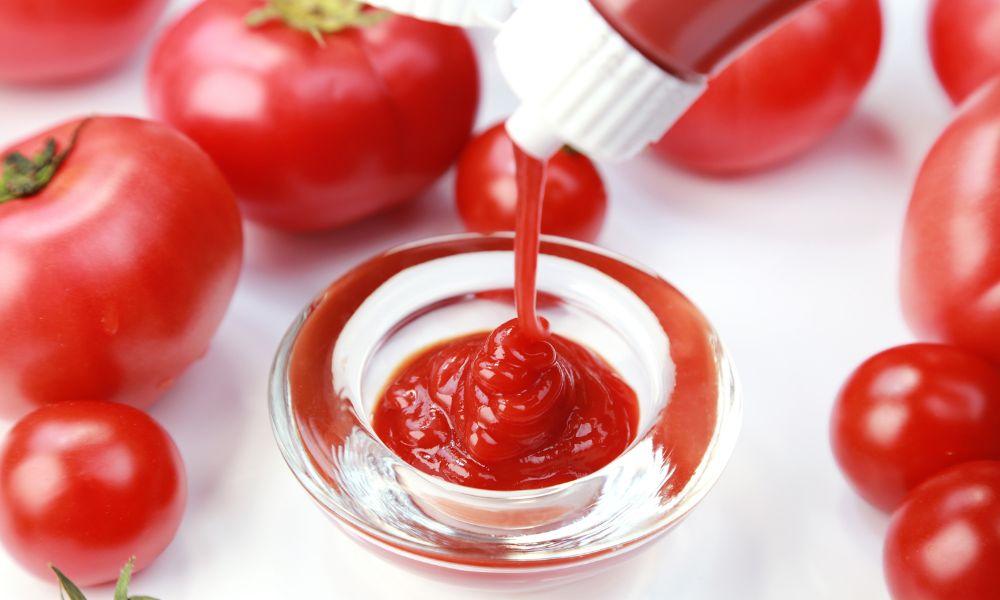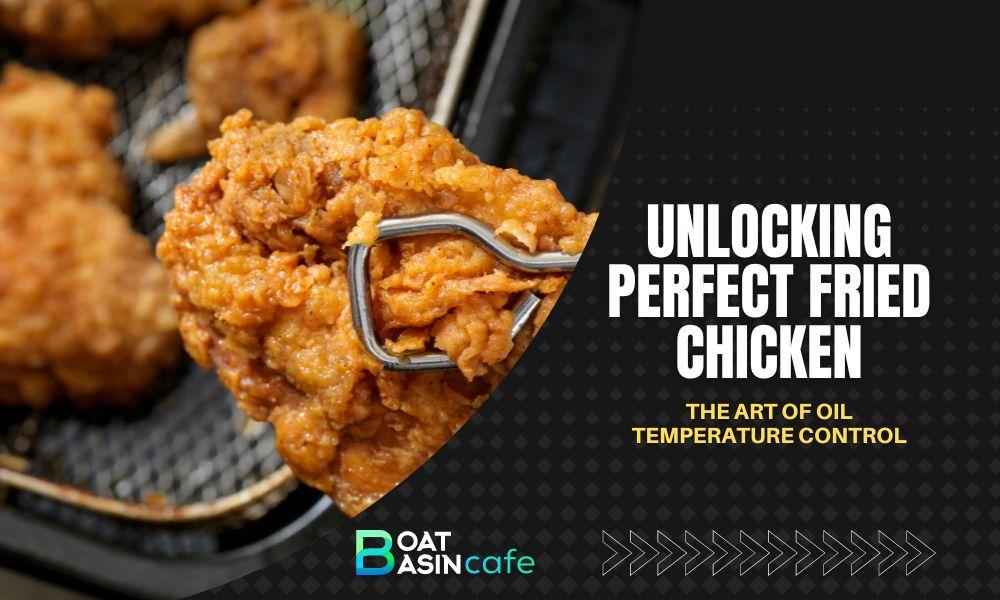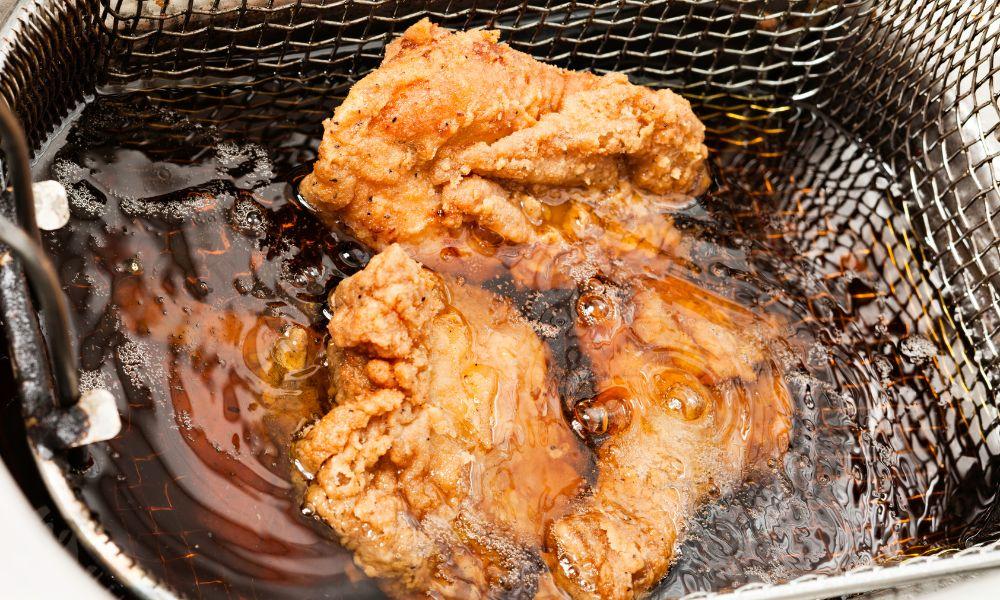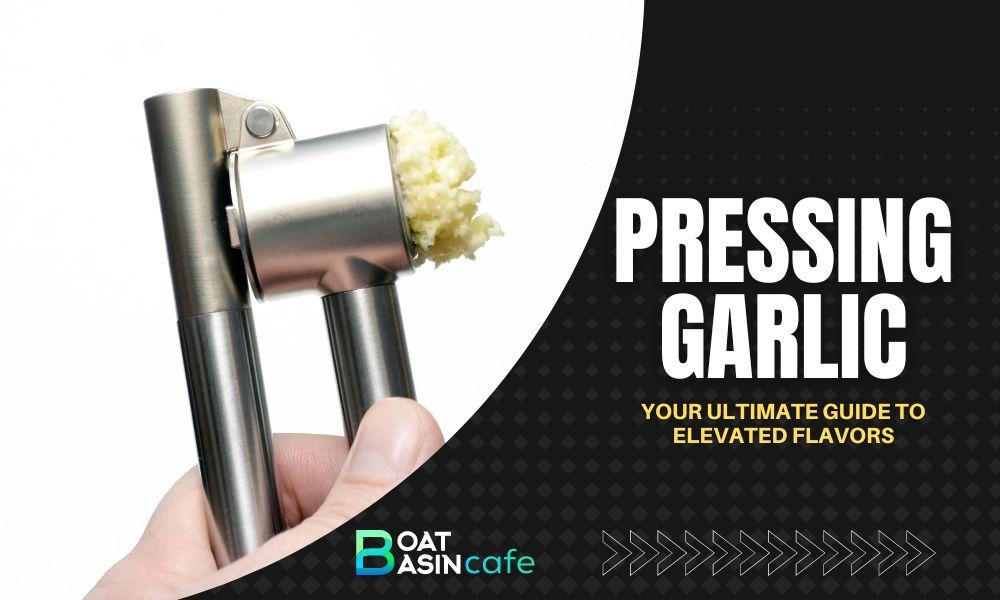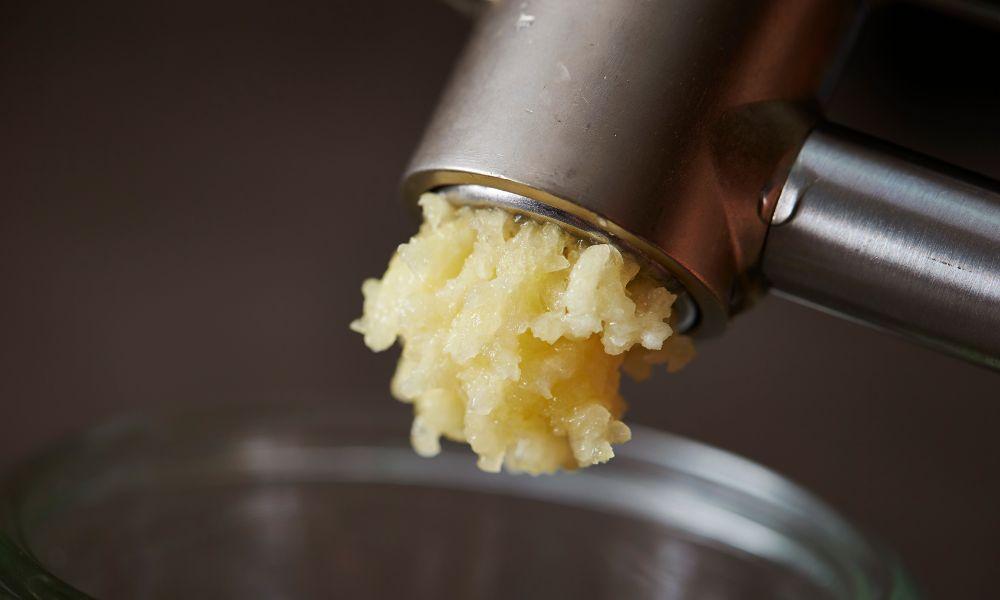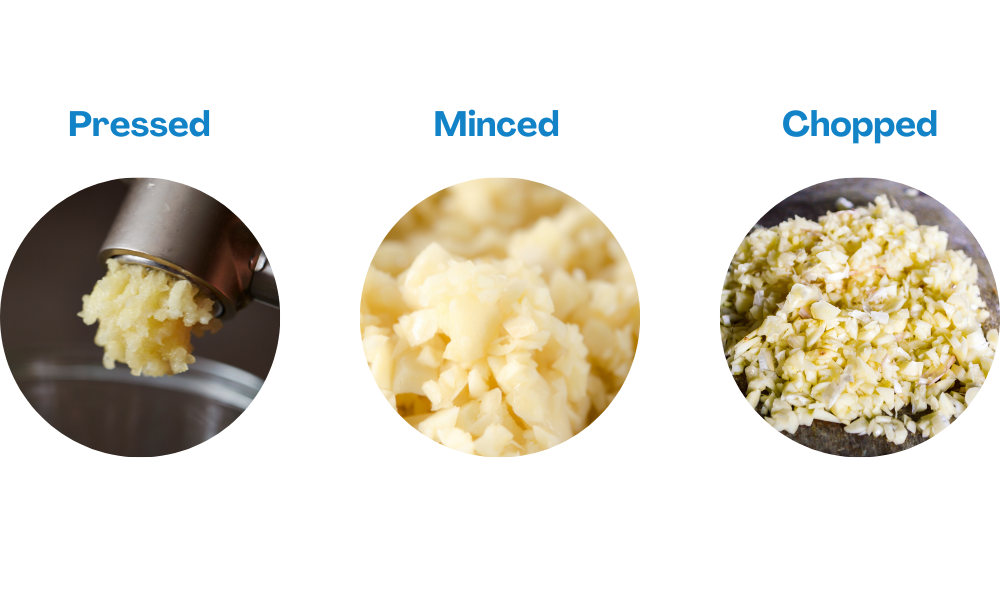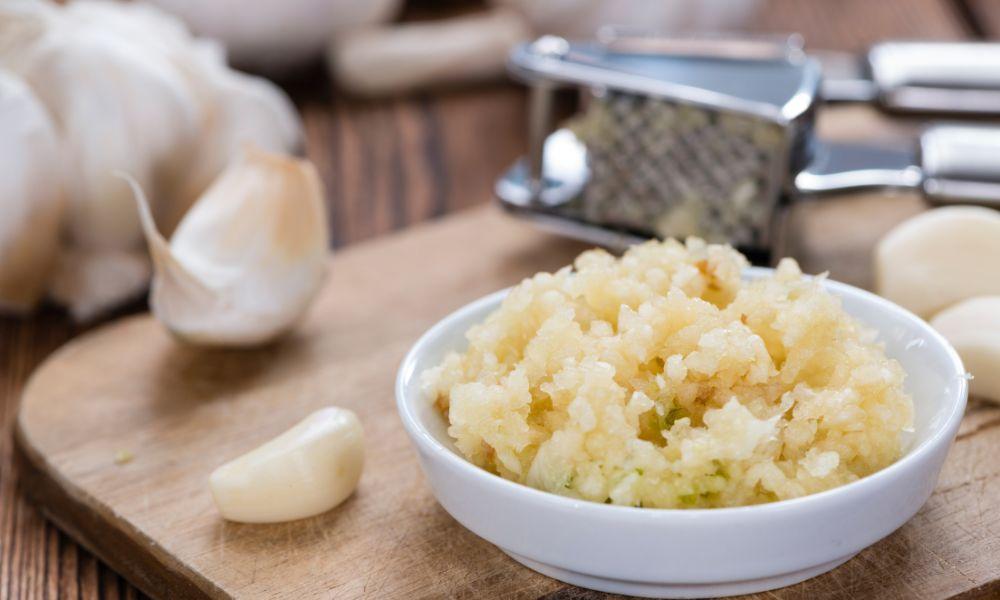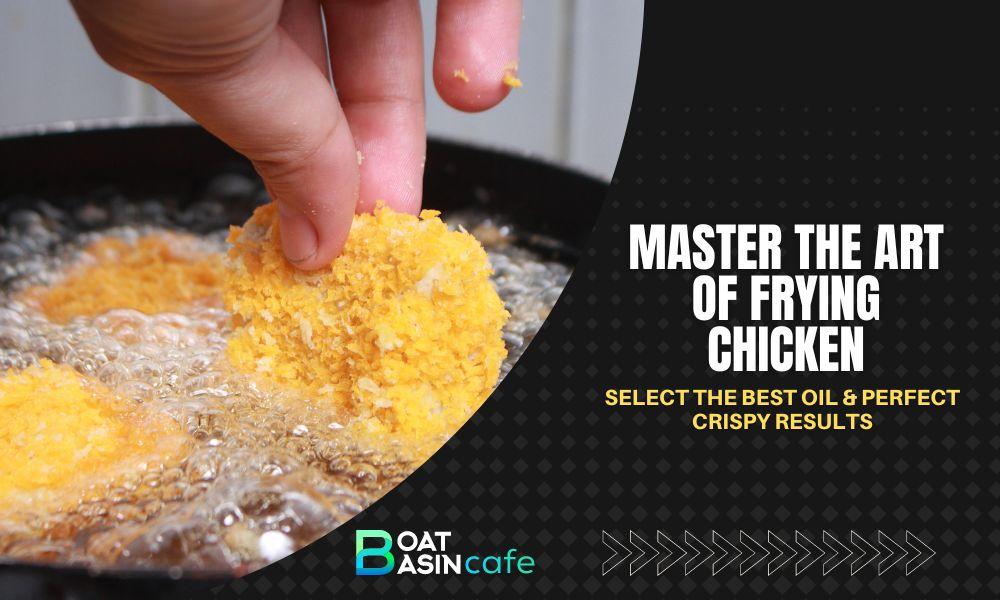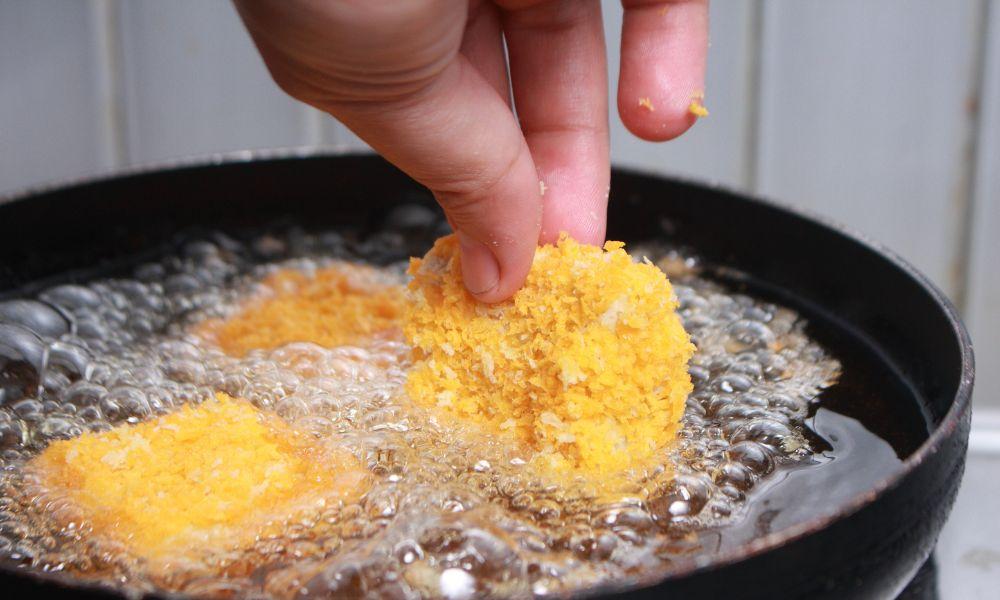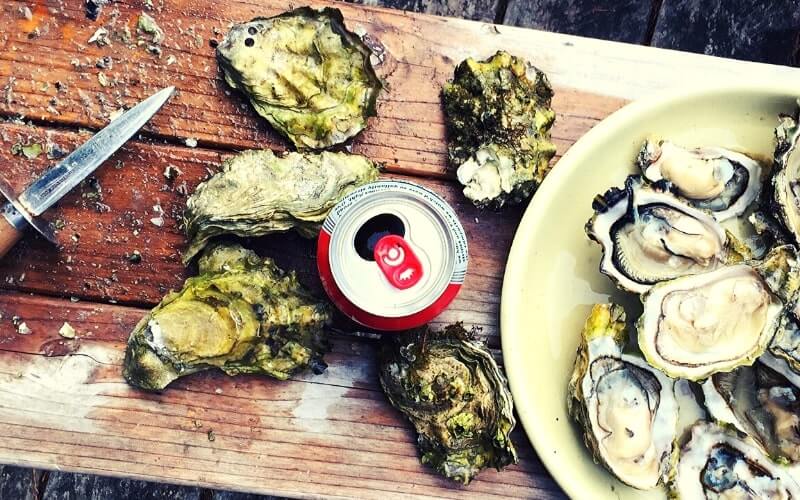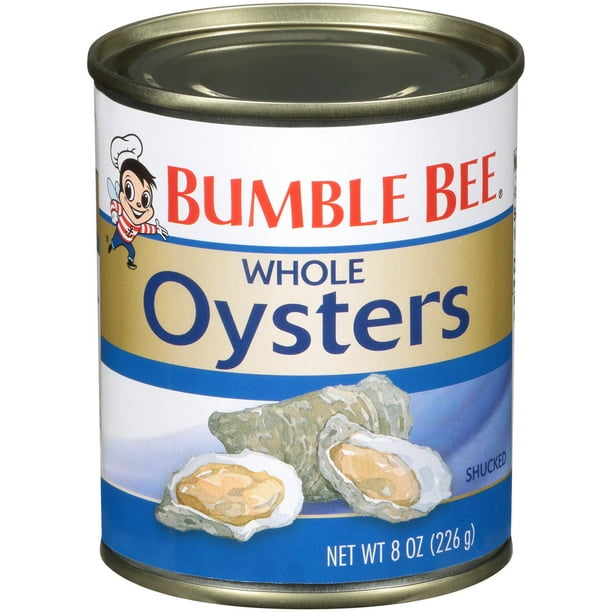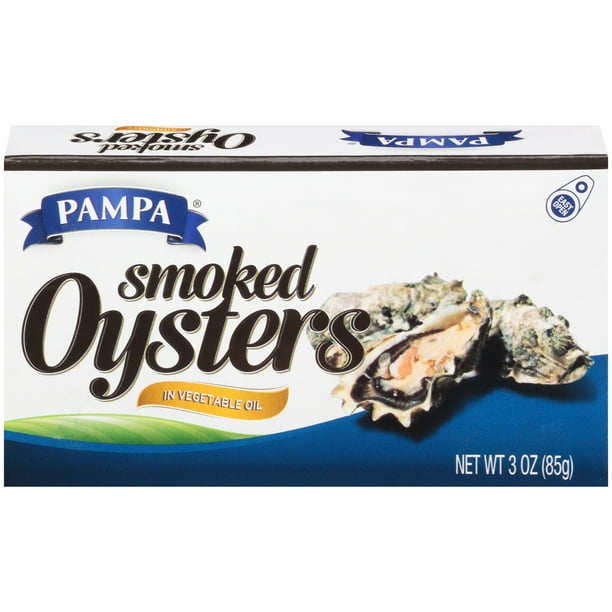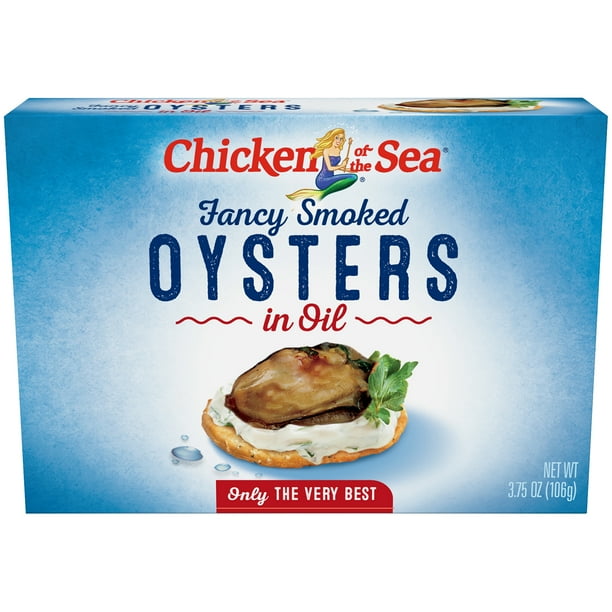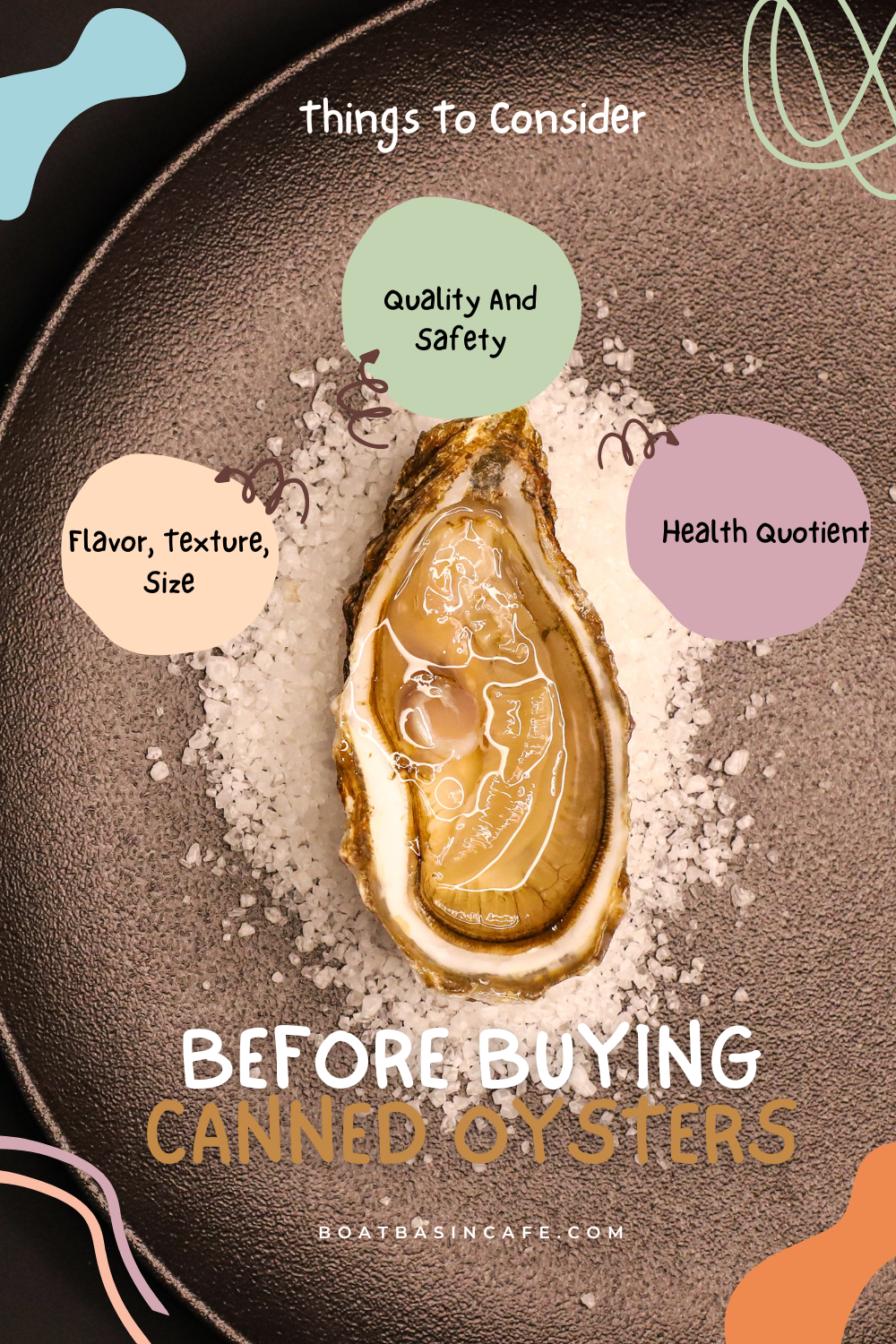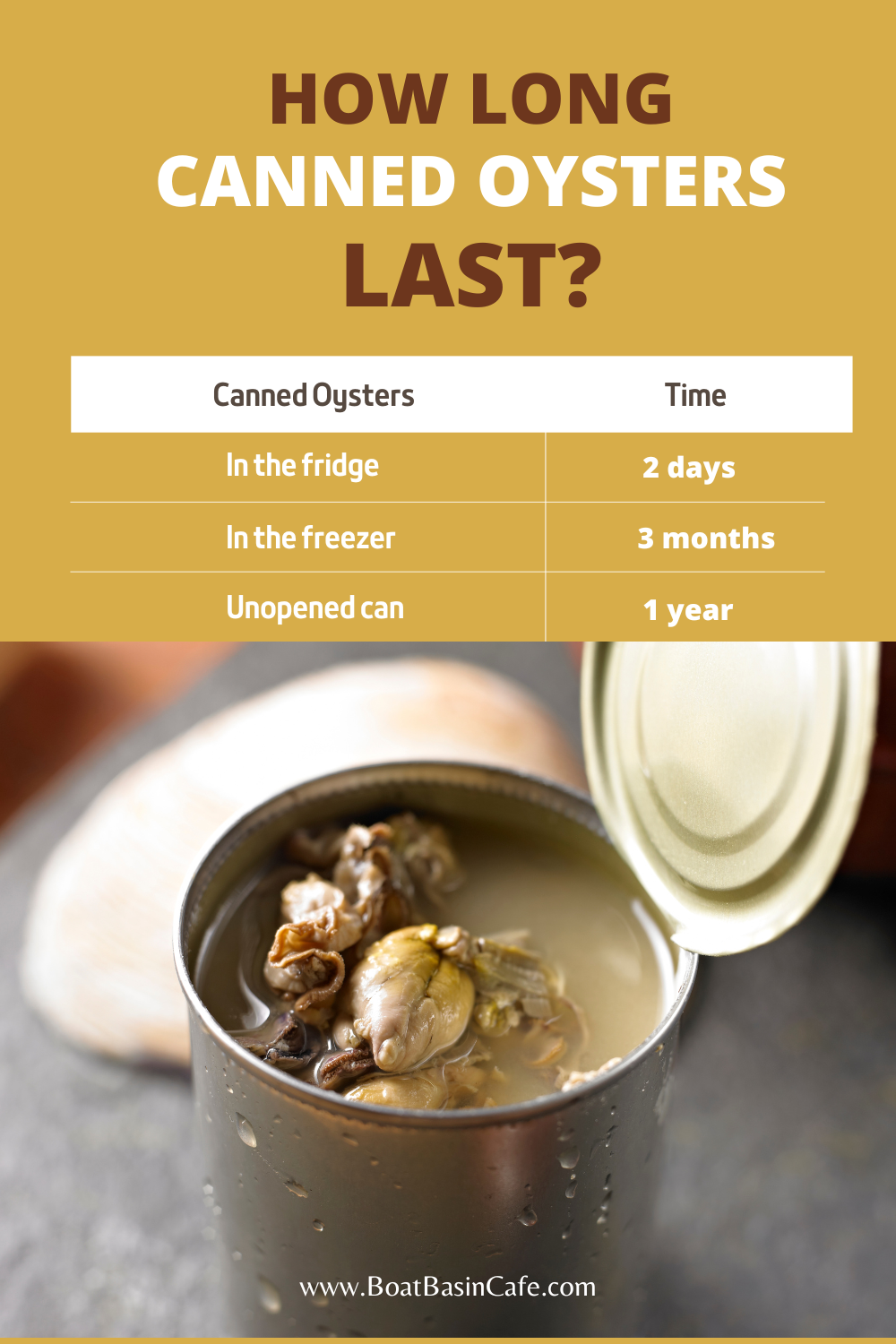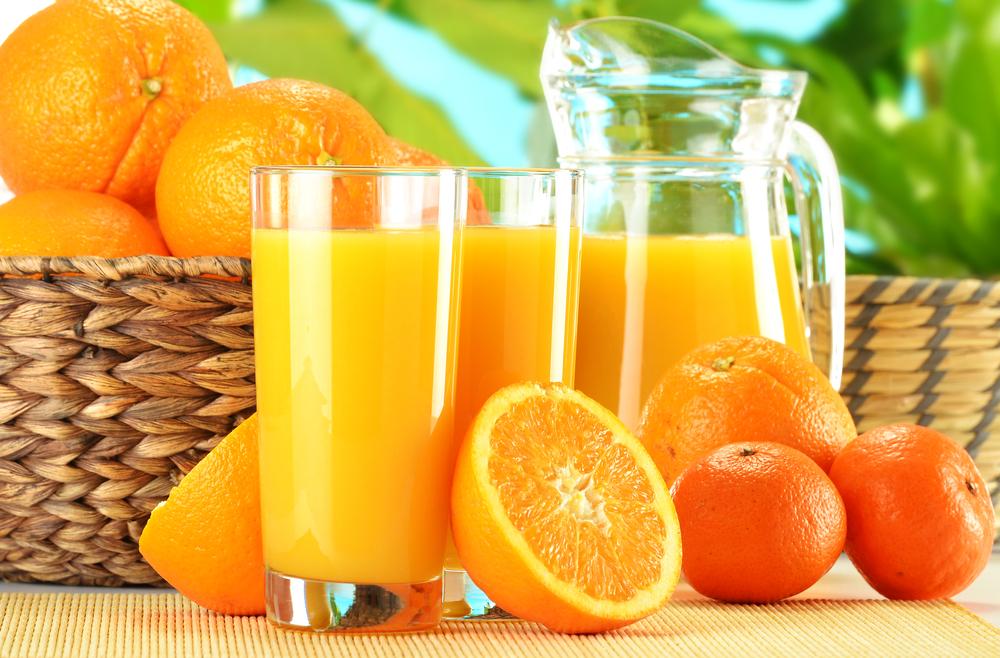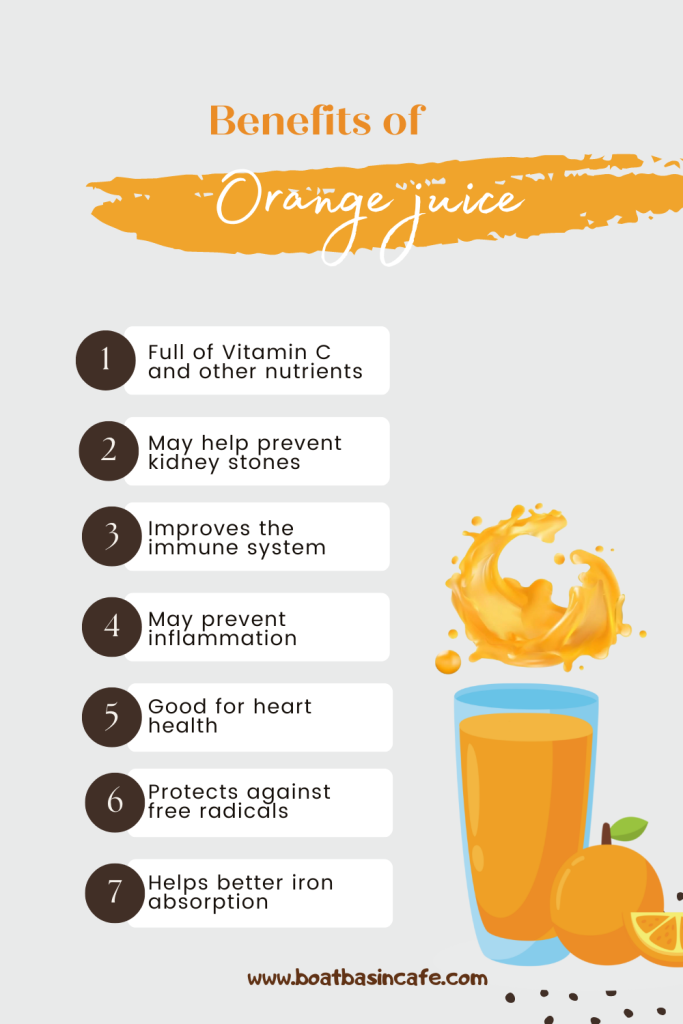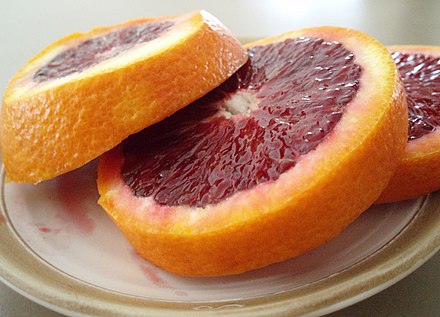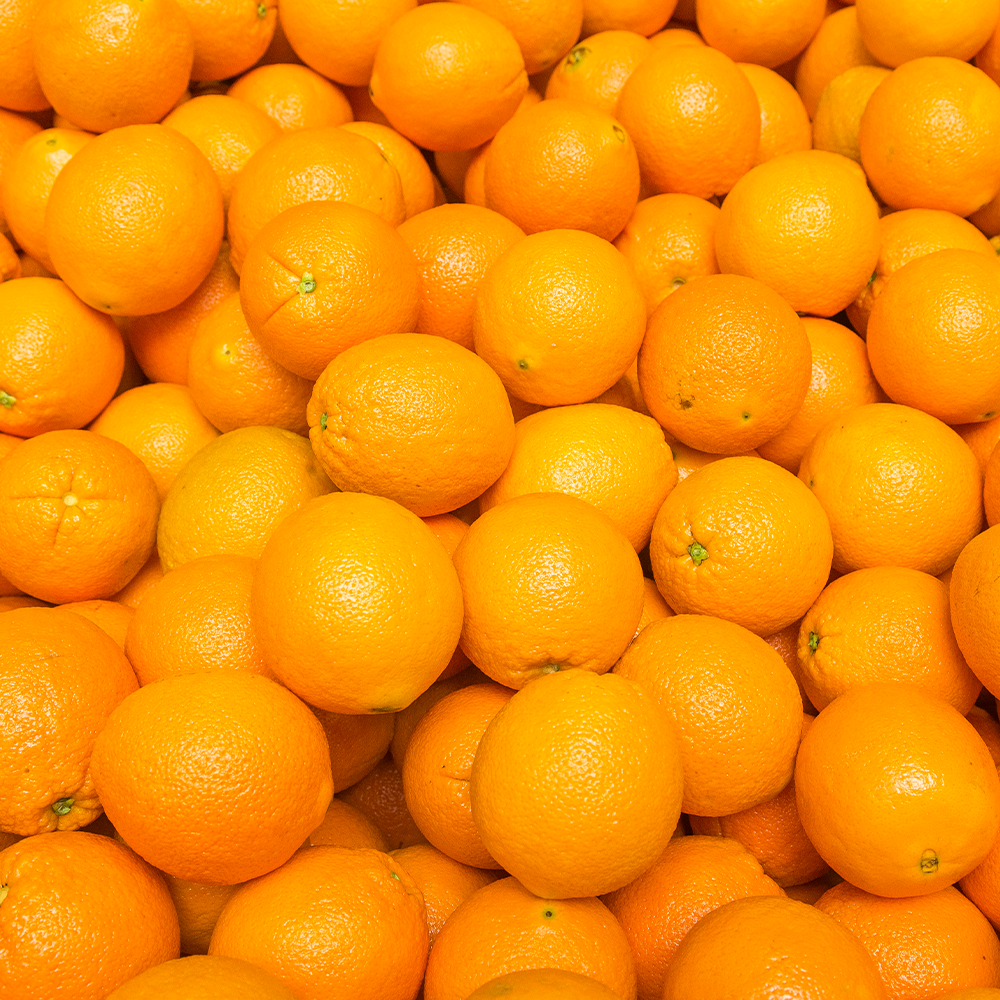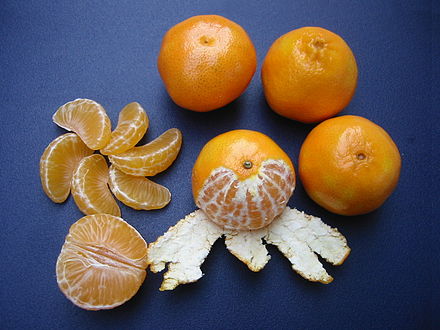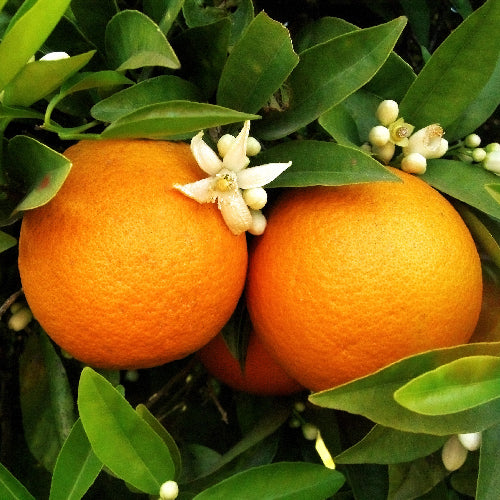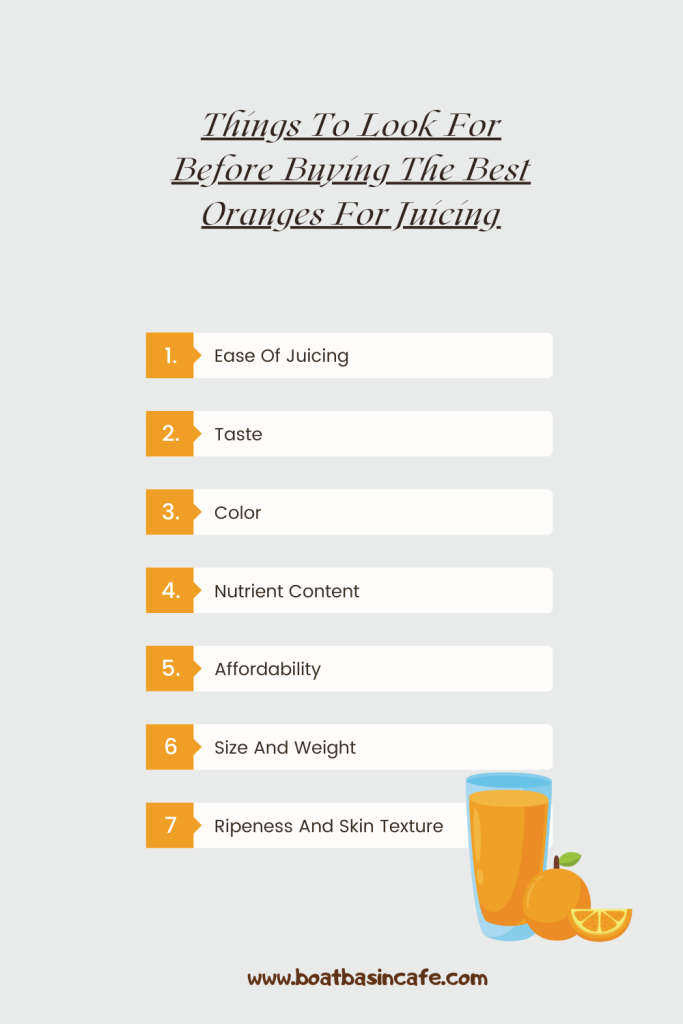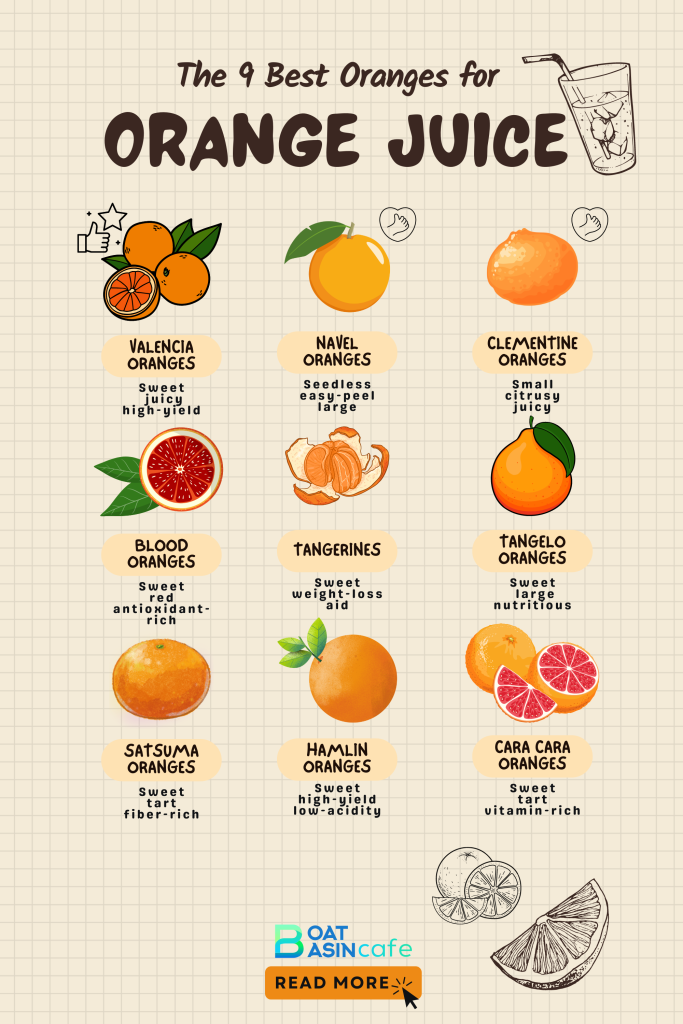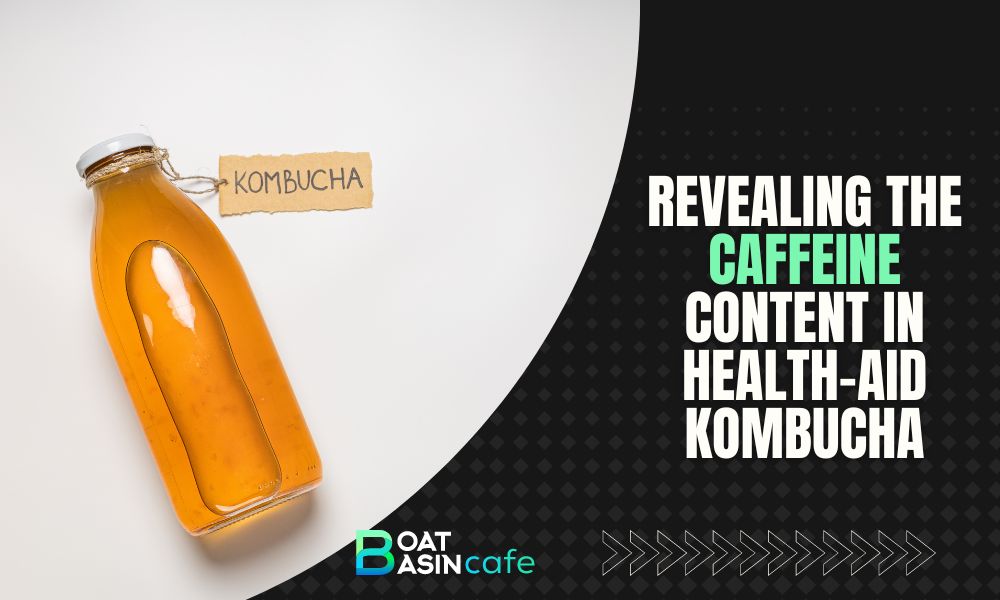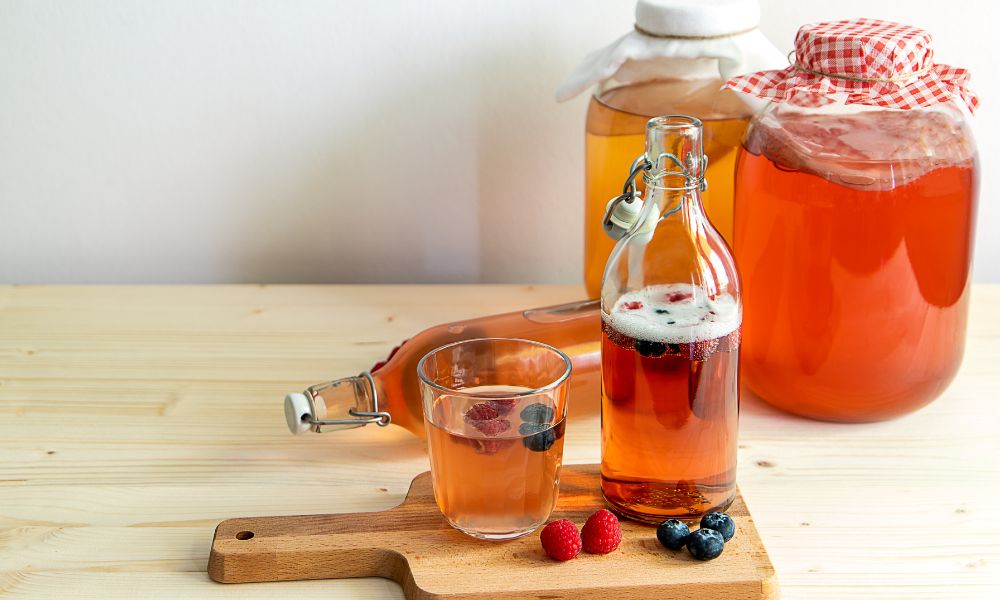Choosing a condiment for your sandwich or salad can be a tough call, mainly when the contenders are mayo vs Miracle Whip. Today we’ll breakdown this epic battle, critically analyzing their ingredients, nutritional value, and health factors.
Understanding Mayo’s Nutrients

Mayonnaise’s starring role comes from oil, generally soybean or canola oil. It makes 80% of the condiment’s weight and is an excellent source of monounsaturated and polyunsaturated fats, which are known for promoting heart health. Complementing the oil, mayo often includes whole eggs or egg yolks, rich in essential vitamins and minerals.
However, mayo’s high caloric count can be a potential drawback. An average tablespoon contains approximately 90 to 100 calories, primarily from fats. While these fats are healthier, excessive consumption can lead to weight gain.
Diving into Miracle Whip’s Composition
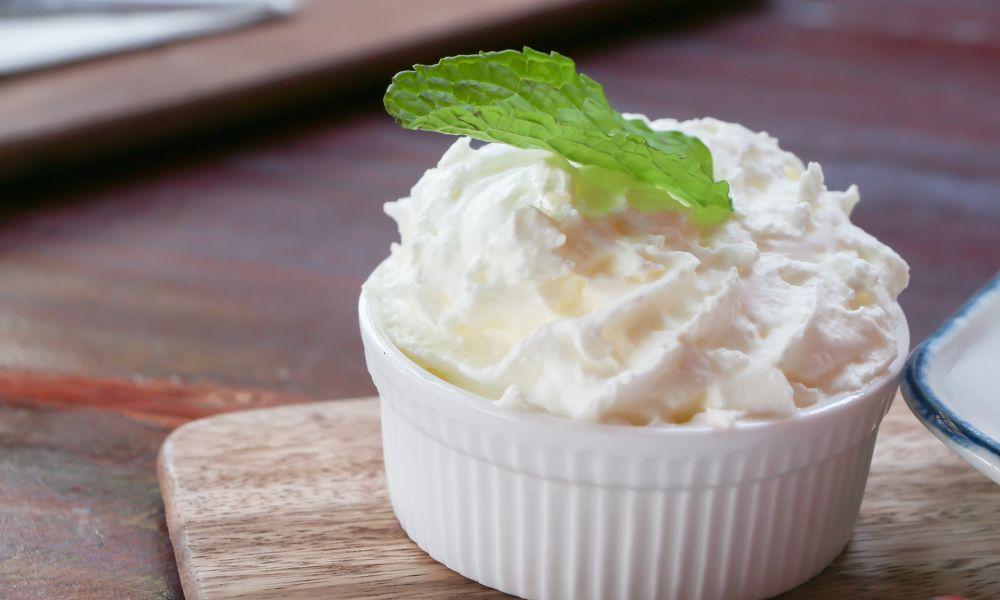
Essentially a mayo “cousin,” Miracle Whip was introduced as a less costly alternative. It’s formulated with lower oil and higher water levels, resulting in fewer calories per serving (approximately 50 calories per tablespoon).
But, Miracle Whip ingredients also include additives like modified food starch, high fructose corn syrup, and flavor enhancers that contribute to its distinctive tangy taste. While these additions make it appetizing, they also increase the sugar content. Hence, treating Miracle Whip as a healthier option could be misleading.
Independent Health Aspects
The comparison boils down to individual health factors. Mayo is high in fat, but these fats are healthy unsaturated fats mostly from oil. It is rich in vitamins A, D, E, and K, primarily if made with whole eggs.
Contrarily, Miracle Whip’s fat content is lower, but it contains considerably higher sugars and sodium. According to Nutritionist Joy Dubost, Ph.D., RD, the type of fat is critical, not necessarily the quantity. She states, “The type of fat you consume is more impactful on health than the amount. Unsaturated fats, found in plant oils and fish, are beneficial for heart health.”[^1^] Hence, mayo seems better-suited for heart health than Miracle Whip due to its healthier fat source
Nutritional Face-Off: Mayo vs Miracle Whip
For a more precise breakdown, let’s take a look at these nutritional facts per tablespoon:
| Nutrient | Mayonnaise(per tbsp) | Miracle Whip(per tbsp) |
|---|---|---|
| Calories | 90-100 | 50 |
| Total Fat | 10g | 5g |
| Sodium | 90mg | 125mg |
| Sugar | 0g | 2g |
Although mayo packs more fat and calories, it compensates by containing no added sugars. Conversely, Miracle Whip is lower in fat and calories, but higher in sodium and sugar.
Based on an American Heart Association study that reveals detrimental effects of sodium and added sugars on heart health[^2^], mayo appears to have a slight edge.
Making the Right Dietary Choice – which is healthier mayo or miracle whip?
So, which condiment reigns supreme? Here are some factors to help you decide.
If your focus is on heart health and healthy fats, mayo is the right choice. However, it isn’t ideal for weight loss due to high calorie and fat content.
If you’re under a strict low-fat and low-calorie diet, Miracle Whip can fulfill your purpose. But cut down on other dietary sugars and sodium to avoid excessive consumption.
Remember, it’s all about balance. Both condiments can find a place in your diet if used in moderation and based on your individual health needs.
Consumers should know that no condiment or food is “bad” if incorporated in a balanced diet. Ensuring you have all your nutritional facts straight will go a long way in maintaining a healthy lifestyle.
Conclusion
The spectrum between mayo and Miracle Whip varies significantly based on their composition and nutritional profile. While many regard mayo as a source of healthy fats and Miracle Whip as a lower calorie alternative, always consider overall dietary patterns before making a choice.
Ultimately, both can be part of an enjoyable and balanced diet. Moderation and balance are key here — remember this lesson as we navigate through the ever-buzzing world of dietary choices.
FAQs
Is mayonnaise healthier than Miracle Whip?
Is mayonnaise healthier than Miracle Whip?
Is Mayo suitable for a low-fat diet?
Mayonnaise is high in fats, albeit healthy ones, so it may not be the best choice for a strict low-fat diet. Miracle Whip contains less fat per serving, which might be more suitable for a low-fat diet.
Does Miracle Whip have more sugar than mayo?
Yes, Miracle Whip contains added sugars, whereas traditional mayo typically contains zero grams of sugar.
Why should I consider the type of fat in mayo and Miracle Whip?
The type of fat is crucial when considering heart health. Mayo contains mostly unsaturated fats, which are known to be beneficial for heart health.
Should I completely avoid eating mayo or Miracle Whip?
There’s no need to completely avoid mayo or Miracle Whip. Both can be part of a balanced diet when consumed in moderation. It’s essential to consider other aspects of your diet and maintain a balance.
References
[^1^] :Joy Dubost, Ph.D., R.D. (Consulting Nutritionist)
[^2^] :American Heart Association
How to Tell If Mayo is Bad? How to Store It Right!
10 Best Substitute for Mayo That Tastes Better and are Healthier!
